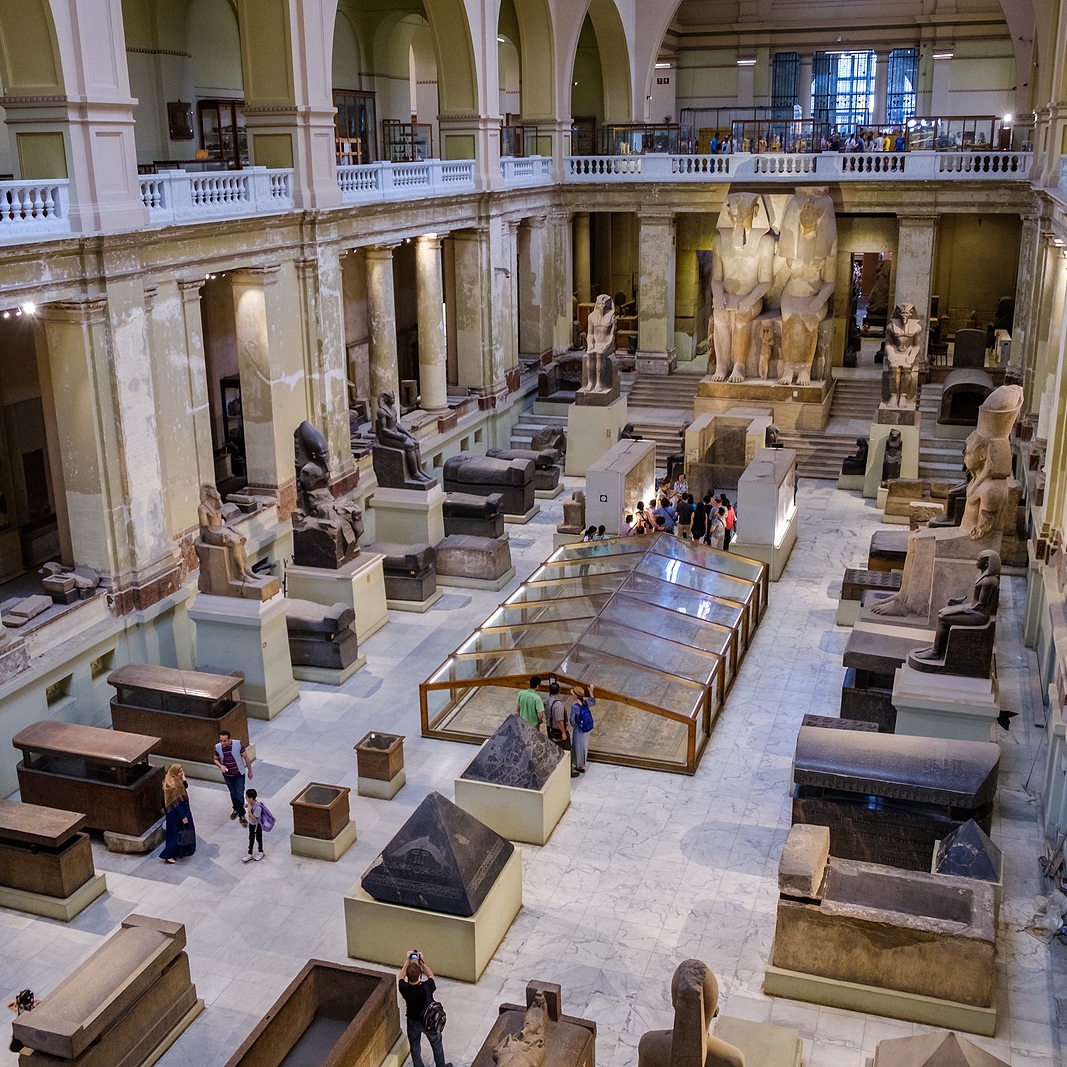All art collectors and professional art collection managers have to develop a comprehensive and consistent approach to their activities. As a rule, these activities should relate to artwork preservation, protection, adequate status and location monitoring, and provision of accessibility of collections for interested audiences. How is collection management at museum level organized? Here is a glimpse of management activities you may also apply to streamline your operations.
Collection Management at Museum Level: What Does It Include?
All collection management activities at museums are organized in full compliance with the ethical and legal standards of the relevant jurisdiction. They also have to follow the principles of professional practice and be directed at the maintenance of museum collections’ value. Here are the main aspects of management activities.
Acquisition and Accessioning
Museums continually work to expand their collections, staying in line with legal and ethical guidelines. Experts responsible for locating the art objects of interest and negotiating a deal have to double-check that the artwork has all provenance documentation. The museum also has to organize the addition of a new object to its permanent collection pursuant to its internal protocol. As a rule, this process involves the creation of a detailed record with provenance documents, a detailed description, a condition report, and other relevant data.
Record Keeping
No museum wants to face accusations of owning looted or stolen artworks. Therefore, each object in its collection should undergo thorough provenance research that will verify the art object’s legal origins. All provenance data is added to the museum’s collection management database.
Conservation Efforts
Accurate records of every artwork’s condition allow museum workers to schedule conservation activities that help keep every art object in its optimal state without uncontrolled deterioration. Preventive conservation activities include proper climate control and artwork protection from light and air pollution. Proactive conservation measures range from stabilization to restoration.
Safe Storage
Museums have fully equipped storage rooms that play several vital roles in the process of collection management. First, they serve the security purpose by keeping unique, expensive artworks intact from theft and vandalism. Second, they operate as a climate-controlled space where the stored objects are kept in optimal conditions that slow down the natural degradation processes.
Inventory Management
Inventory tracking and control are also part and parcel of collection management at museum level. The museum’s staff holds regular inventory checks aimed at verifying the presence of every item in its designated place. Besides, an inventory check presupposes condition control, with museum experts identifying early signs of damage or degradation to plan timely conservation measures.
These were the main aspects of collection management every museum puts in place for proper control of its numerous assets. Use these guidelines to develop your own comprehensive management system and handle your growing collection like a pro.
